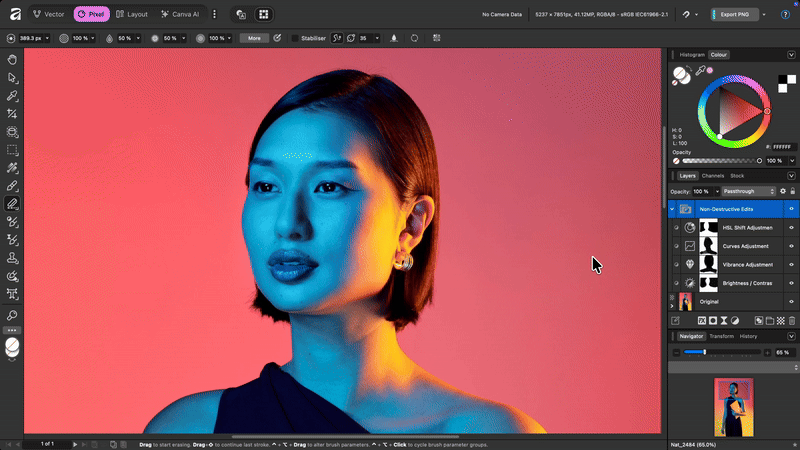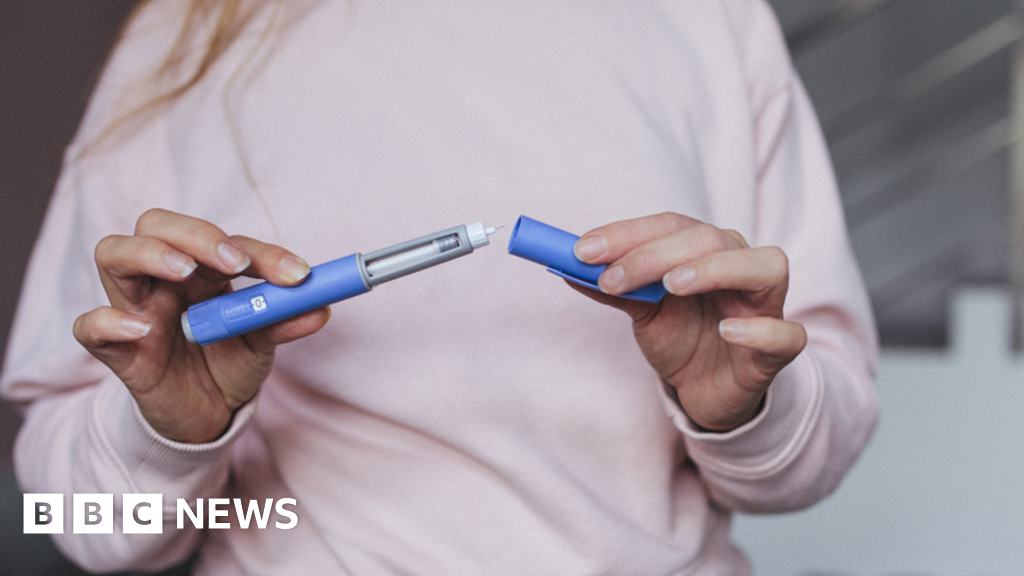I won’t beat about the bush: I have a huge soft spot for Affinity. I was one of the first journalists shown the original Affinity software way back in 2014, along with Digital Camera World’s editor Chris George. And at the time, I was flabbergasted.
Until that point, alternatives to Adobe were pretty poor to be honest. Downloaded onto the latest Apple hardware, though, Affinity didn’t just look good, it absolutely flew, not to mention boasting sophisticated features like million-times zoom. This wasn’t just as good as Photoshop or Illustrator; in many ways it was better.
Better still, it was free on launch, and then you could buy it for a low one-off price after that. At a time when Adobe had switched to a pricey subscription model, that seemed like a lifeline for many people. Exciting times.
Free from the treadmill
Later, Serif told me my article for DCW’s sister site Creative Bloq was the spark that lit the touchpaper. Up till then, the number of downloads had been modest; suddenly they rocketed, and the company has never looked back.
This pleased me immensely. Us journalists are often accused of just criticising everyone and everything; the whole ‘easier to hate than create’ thing. So it was wonderful to champion something that’s genuinely good, and make both the company providing it and the people buying it a little bit happier.
That said, being a cynical old hack. I didn’t think it would last long. Surely, Adobe would use all their financial might to undercut Affinity, by slashing the prices of their own subscriptions, and bury it alive. That’s what big corporations do, right?
And yet, they never did. In fact, Adobe just kept putting their prices up. Because in their hearts they knew that, however good Affinity became, they could largely just coast on being the industry standard.
And so it has proven. While Affinity has gone from strength to strength, recently being acquired by Canva for an eye-watering sum, it’s only ever captured a fraction of the market. As a result, most photographers have felt trapped in a Creative Cloud subscription treadmill. Despite this software being expensive, arguably bloated, and increasingly obsessed with AI features that many of us neither need nor trust.
In contrast, Affinity was always the lean, smooth-running alternative that didn’t pretend you had to pay a monthly ransom to edit your images properly. But hey, habits are hard to break, and I’d guess to this day that most photographers still have never actually tried Affinity.
But now? It’s free. Completely free. Forever. For everyone. And so there’s absolutely no excuse to dive in.
Give it a go
If you haven’t tried it, know this: Affinity isn’t some “lite” knock-off. It has the tools you need, and it has them in spades. Selection tools, clone stamps, adjustment layers, masks, blending modes; you name it.
The million-times zoom (literally) still works like a dream. Performance? Blistering. Interface? Intuitive. If Adobe is a sprawling Swiss army knife, Affinity is a precision scalpel that still gets the job done on anything from raw photo edits to intricate compositing.
Best of all, Affinity is still largely free from generative AI shenanigans. Sure, Canva has bundled in AI tools for premium users, but you can ignore them entirely and still have a world-class editor on your machine. For photographers who want control over every pixel (not a machine suggesting “creative improvements”), that’s priceless.
I’ve long believed that Affinity deserves the same attention photographers give to Adobe. Now, with the price barrier removed entirely, there’s really no excuse not to give it a proper look. It’s professional, powerful and free. For photographers who just want to create without the corporate strings attached, this is the news we’ve been waiting for.
Source link



